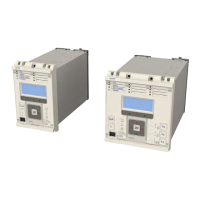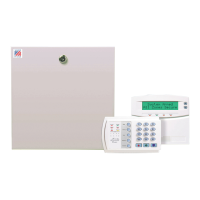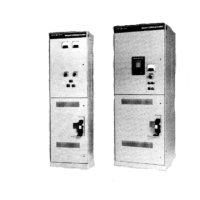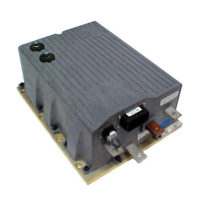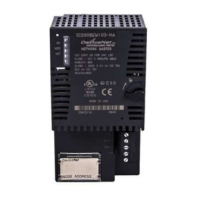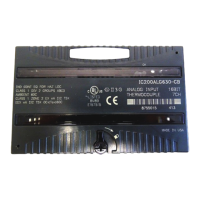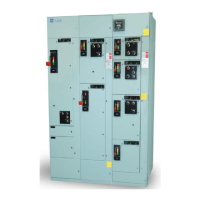1 CHAPTER OVERVIEW
The device provides extensive Restricted Earth Fault functionality. This chapter describes the operation of this
f
unction including the principles of operation, logic diagrams and applications.
This chapter contains the following sections:
Chapter Overview 167
REF Protection Principles 168
Restricted Earth Fault Protection Implementation 172
Application Notes 175
P24xM Chapter 7 - Restricted Earth Fault Protection
P24xM-TM-EN-2.1 167
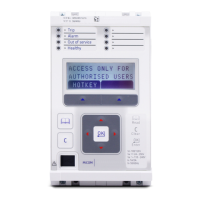
